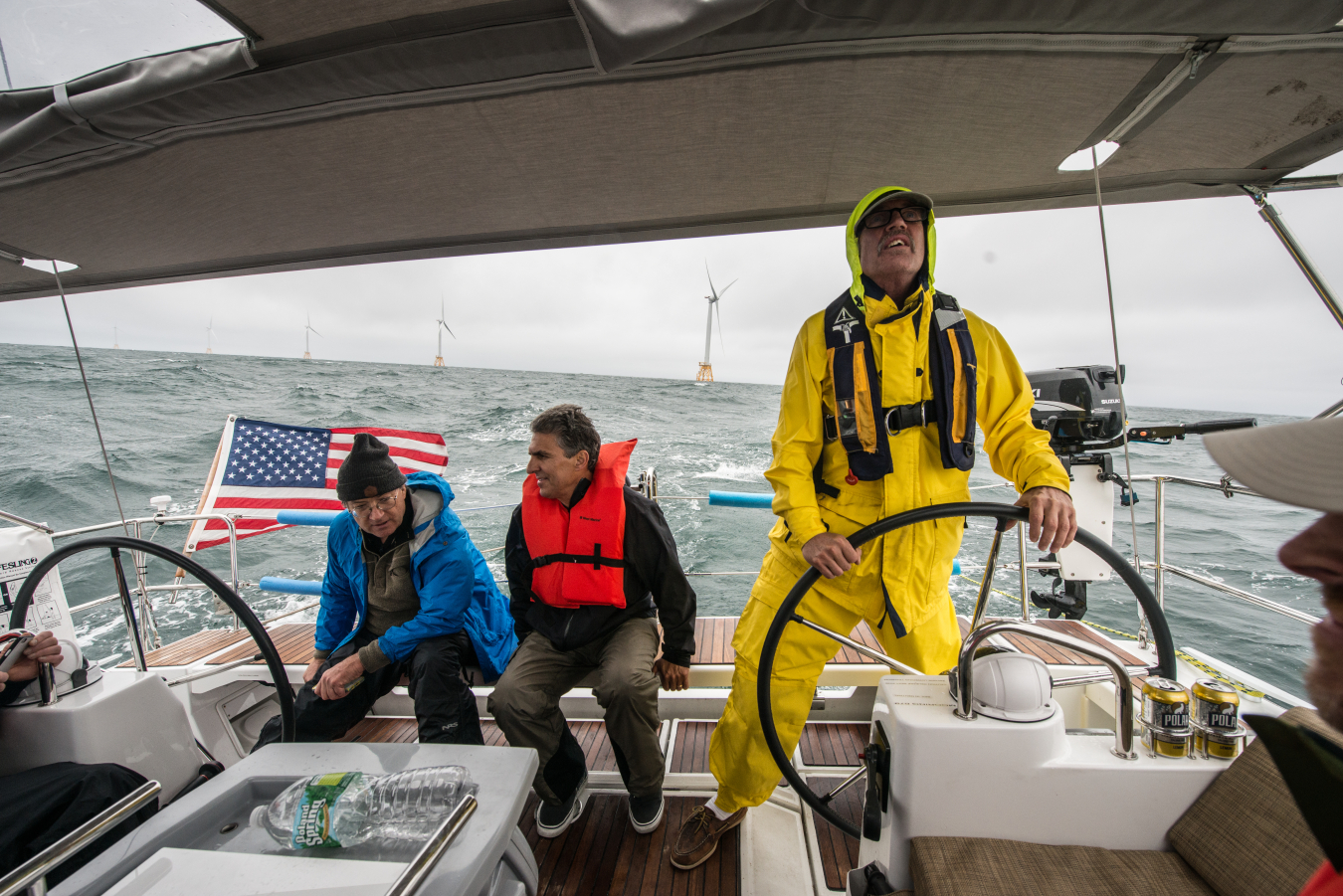A letter from the Wind Energy Technologies Office's Deputy Director
Wind Energy Technologies Office
October 16, 2017
Letter from the Deputy Director of the U.S. Department of Energy's Wind Energy Technologies Office (WETO)
As the wind industry gathers at the American Wind Energy Association (AWEA) Offshore WINDPOWER 2017 conference, we celebrate a year of progress and change for the U.S. offshore wind industry. At the end of 2016, the nation’s first commercial offshore wind farm—Block Island Wind Farm—completed development off the coast of Rhode Island. Since then, more states have committed to expanding their offshore wind energy resources. And global market price declines promise to spur new development.
There have also been changes at WETO. After 6 years as the office’s Director, José Zayas has taken a position in the private sector where he will continue to work in the renewable energy industry. Under Jose’s tenure, wind energy became a mainstream, affordable, reliable, and domestic option that brings jobs and energy independence to the United States. Thank you to José for his outstanding vision, leadership, and enthusiasm. We wish him the best of success in his new venture.
I’m delighted to introduce you to WETO’s new acting director: Valerie Reed, who has been with the Energy Department for more than 20 years.
This fall 2017 edition of the Wind Research and Development (R&D) Newsletter features a variety of articles about Energy Department activities related to offshore wind energy. One exciting example is a new open-source technology developed by Pacific Northwest National Laboratory (PNNL) designed to detect birds and bats that may interfere with offshore turbines.
Decreasing global costs and stronger state policy commitments are leading to increased confidence in the U.S. offshore wind market.
Please keep reading for in-depth updates on research highlights—and go to our projects map for a comprehensive look at our full R&D portfolio.
WETO also recently released the 2016 Offshore Wind Technologies Market Report, which found decreasing global costs and stronger state policy commitments leading to increased confidence in the U.S. offshore wind market. The report also identified new technology trends, such as siting projects further from shore, and highlighted new policies that support the development of more than 4,000 megawatts (MW) of offshore wind. Currently, the U.S. offshore wind project development pipeline includes more than 20 projects totaling 24,135 MW of potential installed capacity.
On behalf of my colleagues and everyone at WETO, we are excited to play a key role in the continued expansion of offshore wind energy in the United States.
Sincerely,
Jim Ahlgrimm
Deputy Director, Wind Energy Technologies Office
New Offshore Wind Study Assesses Economic Potential Through 2030
Offshore Floating Vertical-Axis Wind Turbine Project Identifies Promising Platform Design
A Renewable Future for the Oil and Gas Industry
ThermalTracker: The Secret Lives of Bats and Birds Revealed
NREL Paves the Way for Floating Offshore Wind Semisubmersible Model Validation

